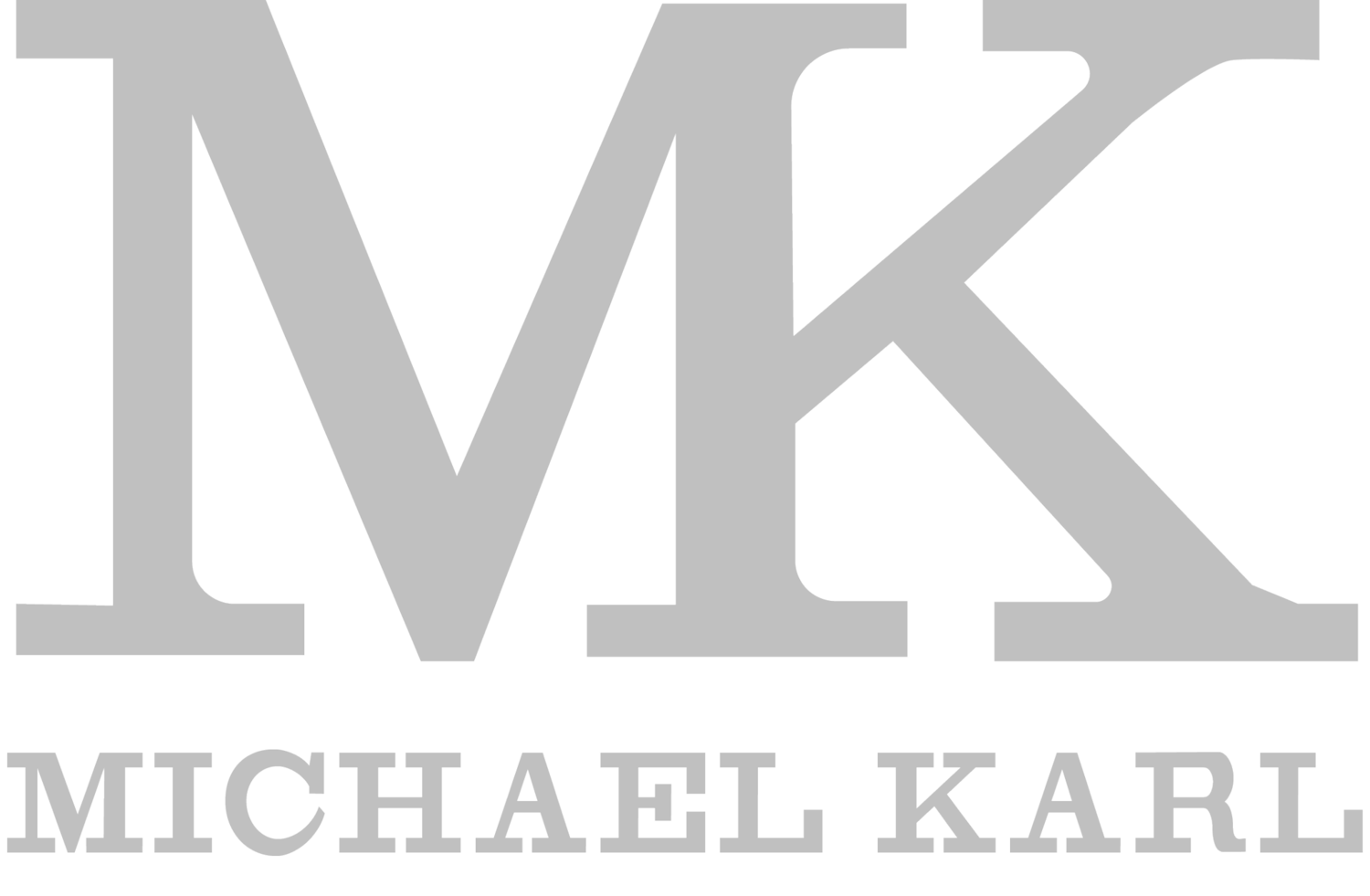In the world of sales, there are those who manage to close deals effortlessly, and then there are those who feel like they're trying to break down an impenetrable wall. If you find yourself identifying with the latter, it's time to change the game.
Here's the thing: sales is not about selling anymore. It's about building trust and educating. It's about being a guide and a problem solver. And to do that effectively, you need to master the art of influence and persuasion. By that, we don't mean manipulative tricks or shady tactics. No, we're talking about understanding human psychology and using this knowledge to create genuine connections and provide real value.
Influence and persuasion can be your secret weapons. They can help you stand out, win trust, build strong relationships, and yes, close more deals. So, if you're ready to give your sales performance a major boost, to move from being just another salesperson to becoming a trusted advisor, and to master techniques that will help you make a real difference in your business, then let's dive right in!
Establishing Rapport with Clients: The Foundation of Trust
Building trust and forming strong connections with clients is essential for success in sales. With our expertise in influence and persuasion techniques, we'll share powerful strategies for establishing rapport and winning over clients:
1. Active listening: Attend to your client's needs, concerns, and preferences by actively listening, demonstrating understanding, and showing genuine interest in their perspective.
2. Mirroring and matching: Subtly mirror your client's body language, tone, and pace of speech to create a sense of comfort and familiarity.
3. Finding common ground: Seek similarities and shared interests, even if they may be unrelated to the sales process, fostering a sense of connection and relatability.
4. Exhibiting empathy: Show your client that you truly care about their needs, wants, and concerns, making them feel valued and appreciated.
By applying our influence and persuasion techniques to build rapport with clients, you'll establish a strong foundation for trust, which is crucial for successful sales transactions.
Mastering Persuasive Communication: Crafting a Compelling Sales Pitch
Effectively conveying the value of your product or service is critical for influencing your client's decision-making process. Use our proven persuasion strategies to optimize your sales pitch and captivate your clients:
1. Demonstrating value: Highlight the benefits and advantages of your product or service, focusing on how it addresses your client's needs and concerns.
2. Tailoring your message: Adjust your communication style to match your client's preferences, ensuring your message resonates with their unique needs and priorities.
3. Utilizing social proof: Share authentic testimonials, case studies, or industry accolades to support your claims and demonstrate your product's success in the marketplace.
4. Overcoming objections: Anticipate potential client concerns and prepare responses that address their apprehensions and validate their feelings.
Integrating our influence and persuasion techniques into your sales pitch can transform your communication skills, driving more satisfying and successful sales results.
Overcoming Objections: Turning No into Yes
Inevitably, you will face objections during the sales process. By leveraging our influence and persuasion expertise, you can learn to address these concerns effectively, turning potential roadblocks into opportunities:
1. Acknowledging the objection: Treat your client's objection with respect, validating their feelings and demonstrating your willingness to find a solution.
2. Probing for further information: Ask open-ended questions to uncover the root of the objection, enabling a better understanding of your client's concerns.
3. Reframing the objection: Share alternative perspectives or new insights to challenge your client's assumptions in a non-confrontational manner.
4. Offering solutions: Present actionable solutions that directly address your client's objections, showcasing the value of moving forward with your product or service.
Our influence and persuasion techniques can guide you through the process of overcoming objections, empowering you to forge ahead in the face of adversity and close deals more effectively.
Closing Deals with Confidence: Maximize Your Sales Success
The ability to seal the deal is vital for any salesperson. By employing our influence and persuasion strategies, you can close deals confidently and consistently:
1. Recognizing buying signals: Be mindful of verbal and non-verbal cues that indicate your client's readiness to buy, such as asking detailed questions, discussing payment options, or expressing enthusiasm.
2. Offering limited choices: Present a small selection of options to your client, reducing the complexity of the decision-making process and encouraging action.
3. Creating a sense of urgency: Emphasize time-sensitive promotions, limited availability, or the potential for missed opportunities, motivating your client to act quickly.
4. Assertively asking for the sale: Confidently and respectfully request your client's commitment, signaling your faith in your product and their decision.
Harnessing our influence and persuasion expertise in the closing process can skyrocket your sales performance, elevating your skills and sealing deals with unwavering confidence.
Reach New Heights in Sales with Our Influence and Persuasion Techniques
In the end, the key to sales success lies in your ability to persuade effectively and influence positively. It's about creating an environment where the customer's needs are met, and they feel valued, ultimately leading to a successful sale. So, embrace these techniques, unleash your influence, and watch as your sales sky rocket, propelling you towards unprecedented success.
Ready to transform your sales career? Join Michael Karl, one of the best keynote speakers, in learning more about the power of influence and persuasion techniques that will truly elevate your skills and set you on the path to sales success.
